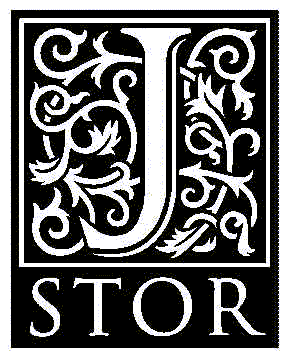
Indonesian Sociological Studies.
Selected Writings of
B.[ertram Otto] Schrieke: Part Two: Ruler and Realm in Early Java
The
Hague, W. Van Hoeve; New York, Institute of Pacific Relations,
1957.
ix+
491
pp.
Schrieke was one of the few prewar scholars who attempted to synthesize historical and sociological perspectives in interpreting the rise of Indonesian civilization and who attempted to describe that rise in terms of its own internal dynamics rather than as a series of more or less passive responses to external Hindu, Moslem, Chinese, and European pressures. At once the most speculative and most realistic of Dutch historians of the archipelago, he mixed careful scholarship, shrewd sociological guess-work, and wild surmise in varying proportions to work out a reconstruction of precontact political, economic, and religious change which is by far the most plausible yet presented, and the most suggestive. Having issued one volume of his works in translation four years ago, the scholars of the Royal Tropical Institute in Amsterdam have followed it with this second, so that the main outlines of Schrieke's analysis of Indonesia as an autonomous civilization are now available to the wider scholarly world. The effect will certainly be to establish him as a towering figure in Southeast Asian historical research.
Unlike the first volume, which treated of a wide range of
topics, this book is concerned almost entirely with Javanese political, social,
and economic organization during the pre-Dutch period, the bulk of it consisting
of a single, uncompleted work, "Ruler and Realm in Early Java," on which
Schrieke was still working at his death in
1945.
Using as his
basic methodological guide the not wholly indisputable premise that "the Java of
1700
a.d.
was in reality the same as the Java of
700
a.D.,"
Schrieke attempts to use the better known periods of Javanese
dynastic history, particularly that of the seventeenth Century Moslem kingdom of
Mataram on which there is a good deal of eye-witness material from Dutch
commerical and governmental sources, to reconstruct the life of the older ones (Madjapahit,
Kediri, Singasari, and so on), on which there is little but archeological and
semi-mythological data. Despite the dubious quality of such a wholly static view
of Javanese history in theoretical terms, Schrieke's self-consciously
anachronistic approach enables him to produce a series of detailed,
enlightening, and highly circumstantial discussions of various aspects of early
Javanese society: royal succession, the causes of dynastic decline, the
religious legitimation of rule, the geo-graphical basis of State Organization,
the road and waterways transport System, military Organization and warfare,
administrative structure, taxation, international trade, and the rise of Islam.
Though for the general reader much of this detail — the
complex genealogies of Javanese kings, the long lists of administrative posts,
or the extended descriptions of State boundaries — will undoubtedly seem
tedious, and the unfinished nature of the manuscript gives a cryptic quality to
some passages, the general descriptive and interpretive syn-thesis which emerges
from these pages presents us with our clearest picture of precolonial society in
Java. For almost the first time, Javanese history appears to have a pattern of
its own; to be not a series of episodic and inexplicable florescences and
catastrophes, but a continuous economic, political, and cultural process.
CLIFFORD GEERTZ
Center for Advanced Study in the Behavioral Sciences
Book Review, in: The Pacific Histoical Review, vol. 2 (1959), p. 199.
online source: http://www.jstor.org
JSTOR's Terms and Conditions of Use provide, in part, that unless you have obtained prior permission, you may not download an entire issue of a journal or multiple copies of articles, and you may use content in the JSTOR archive only for your personal, non-commercial use.
The Pacific Historical Review is currently published by University of Califonia Press. Please contact the publisher regarding any further use of this work. Publisher contact information may be obtained at http://www.jstor.org/journals/phr.html.
Each copy of any part of a JSTOR transmission must contain the same copyright notice that appears on the screen or printed page of such transmission.

Using this text is also subject to the general HyperGeertz-Copyright-regulations based on Austrian copyright-law (2001), which - in short - allow a personal, nonprofit & educational (all must apply) use of material stored in data bases, including a restricted redistribution of such material, if this is also for nonprofit purposes and restricted to a specific scientific community (both must apply), and if full and accurate attribution to the author, original source and date of publication, web location(s) or originating list(s) is given ("fair-use-restriction"). Any other use transgressing this restriction is subject to a direct agreement between a subsequent user and the holder of the original copyright(s) as indicated by the source(s). HyperGeertz@WorldCatalogue cannot be held responsible for any neglection of these regulations and will impose such a responsibility on any unlawful user.
Each copy of any part of a transmission of a HyperGeertz-Text must therefore contain this same copyright notice as it appears on the screen or printed page of such transmission, including any specific copyright notice as indicated above by the original copyright holder and/ or the previous online source(s).